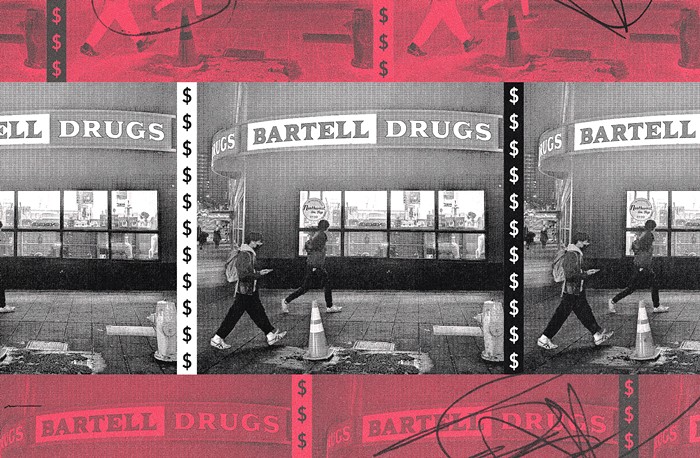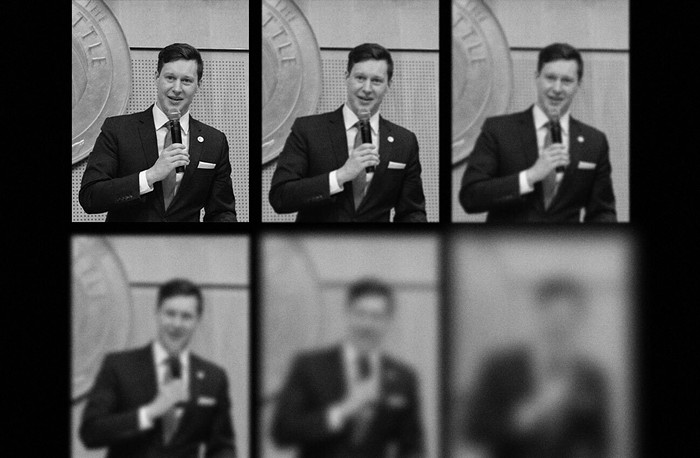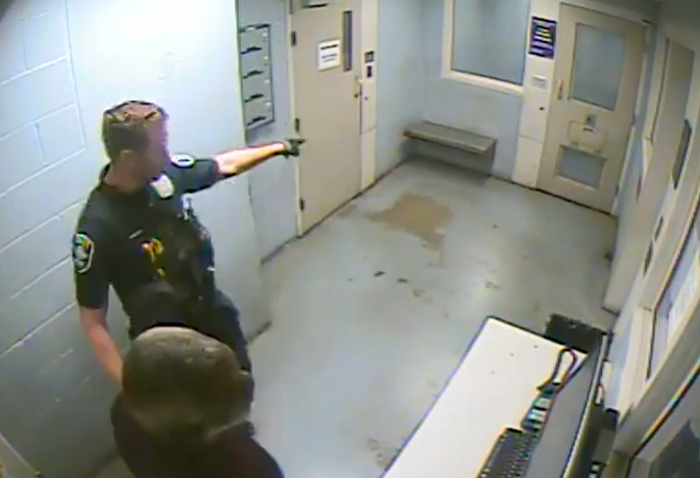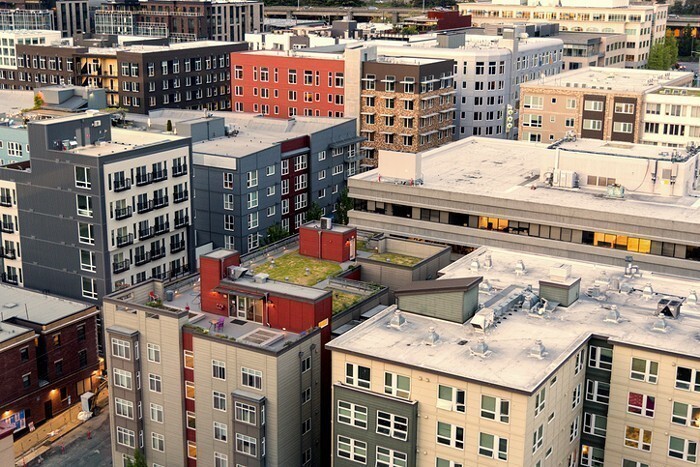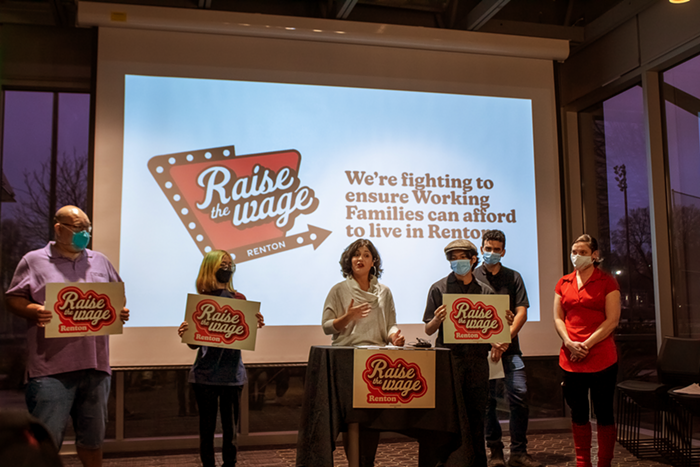Opponents and supporters of the failed Referendum 51 have spun us dizzy on the meaning of last week's election results. The resounding "no" on R-51 was anti-tax, anti-legislature, anti-roads, anti-Sound Transit, pro-public transportation, pro-accountability. In fact, these sentiments probably all played a role. But according to Seattle pollster Stuart Elway, the single biggest reason R-51 went down is that "people did not think it solved the problem."
The problem, of course, is what to do about the state's transportation system, which remains outdated, inadequate, and in imminent danger of collapse. Absentee ballots are still being counted, but the trends on R-51 look familiar. In chronically tax-averse Eastern Washington, the measure was soundly trounced. In King County, the measure failed 53 to 47 percent. Here in Seattle, a city that never met a tax it didn't like, the tally could be as close as the monorail count.
"People will pay for a proposal that they think will solve the problem," says Elway, who conducted a poll on R-51 for the Seattle Times. "You could see that [willingness] in every park and school bond in the last two years. Hardly any of those haven't passed." People just want better ideas. R-51 was a lot of things to a lot of people, a real something-for-everybody smorgasbord. But vision? No.
The big question is, what happens now? Our highways are still clogged. The Alaskan Way Viaduct is still at risk, and so is the 520 floating bridge. Where, oh where do we go from here?
First, says Peter Hurley, executive director of the Transportation Choices Coalition, we shift from the current "silver bullet" approach to the "silver buckshot" one. In other words, we set our sights on smaller transportation packages that focus on efficiency. For example, says Hurley, I-90's HOV lanes are currently reserved for transit in one direction only, depending on the time of day. If we made those lanes transit-only in both directions throughout the day, he contends, "we'd be able to move thousands more people at very little cost."
The Alaskan Way Viaduct is another case in point. The idea of replacing the elevated roadway with a tunnel--one of several viaduct rehab proposals on the table--is seductive. It opens up the waterfront, buries the traffic noise, and maintains an important north-south route. It also costs at least $11 billion. (R-51, by the way, only slated $450 million for the viaduct--a non sequitur.) With the state's economy not expected to recover until at least 2005, it's time to think small.
Tear down the viaduct and replace it with, ah, nothing. An Alaskan Way with designated freight-only (and maybe thru-traffic-only) lanes absorbs the north-south volume. A few elevated pedestrian crosswalks allow easy access to the piers and eliminate the stop-and-go problem that traffic lights create. A little boulevard-style landscaping can go a long way--look at San Francisco's Embarcadero Freeway.
Will Alaskan Way be congested without a viaduct? Yup. But if monorail passes, the Green Line will be there to help reduce the number of cars by offering an attractive alternative. A no-viaduct strategy doesn't eliminate the urgent need to replace the endangered seawall. But it would save us several billion dollars, loads more than the random $450 million that R-51 allocated for viaduct replacement. If we use some of those savings to beef up express bus service in the corridor, we'll also boost monorail ridership, which will squeeze the biggest possible bang out of that transportation investment.
And what about tolls? Perhaps pay-per-use roads would help subsidize costs and spread traffic volume out over the course of the day. According to the November 12 issue of the New York Times, Seattle is set to launch a federally financed congestion-pricing experiment next year, in which selected families get a monthly car allowance, a satellite tracks their driving habits, and they get charged whenever they use popular roads at rush hour.
When voters rejected R-51, they rejected a muddled idea. They didn't say no to sound transportation policy, or even to a tax increase. The message of the R-51 vote was "give us something better." In these slow economic times, "better" means smaller and smarter.
